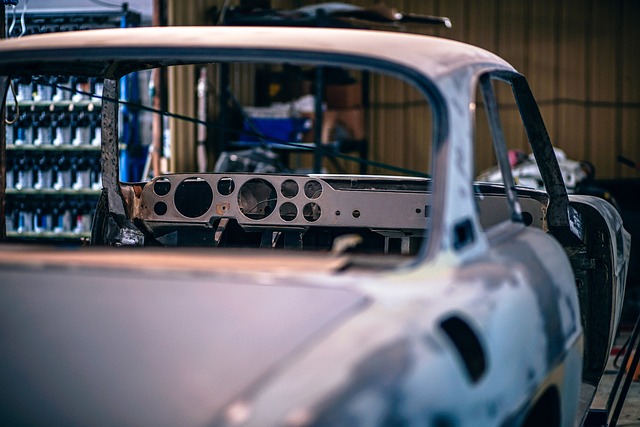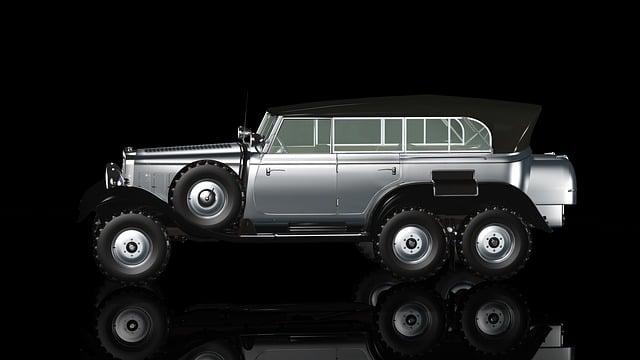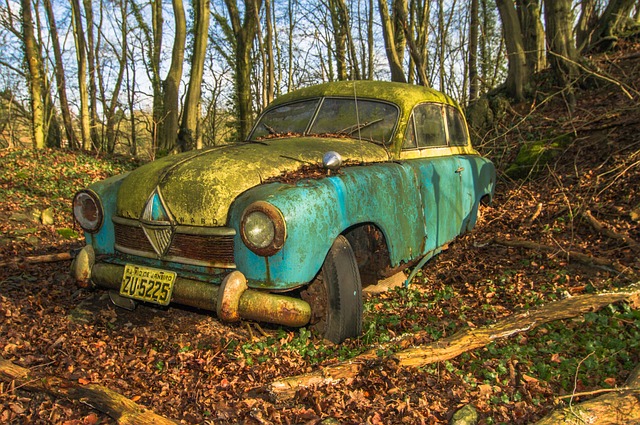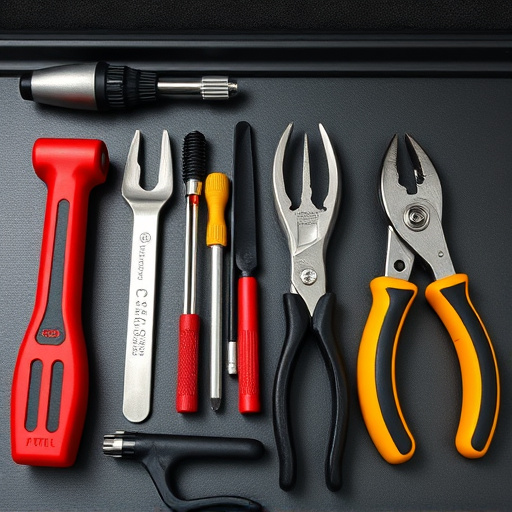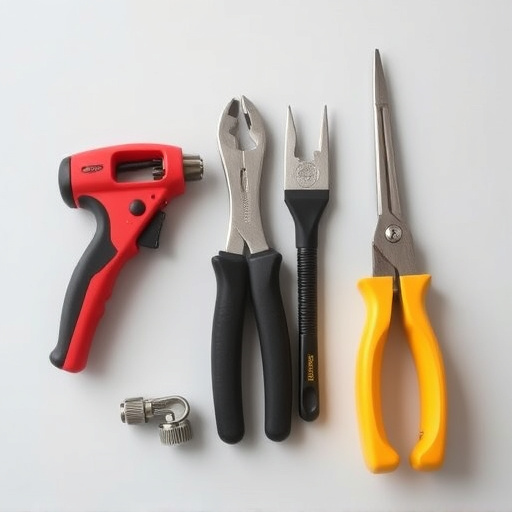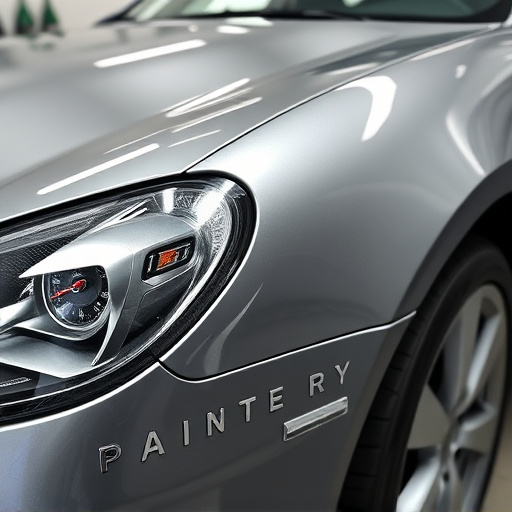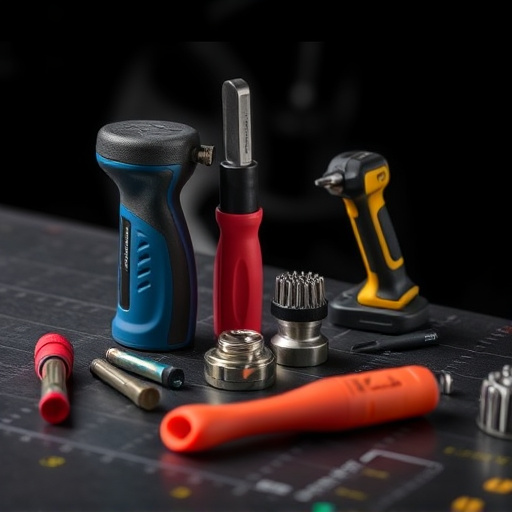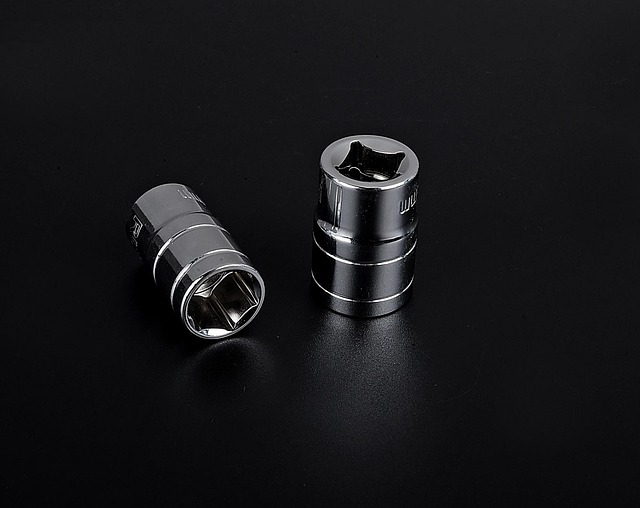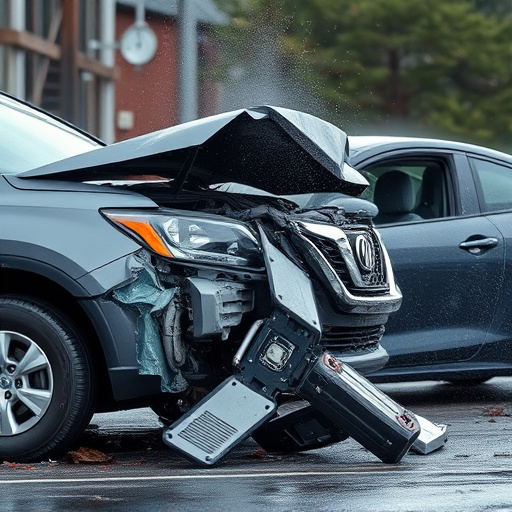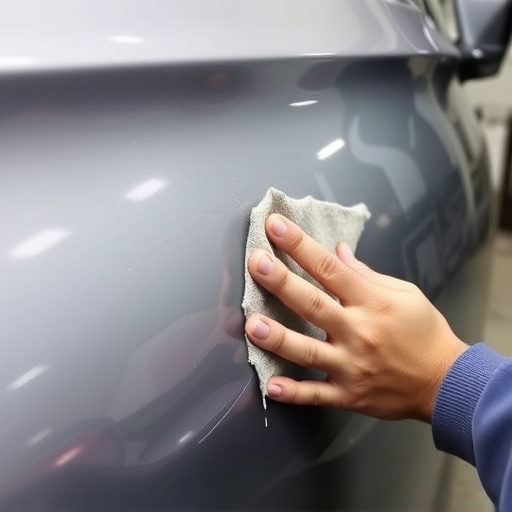Cavity wax is a crucial element in corrosion protection procedures for Mercedes-Benz collision repair, sealing microscopic gaps to prevent moisture intrusion and rust formation. It enhances aesthetics, improves paint adhesion, extends vehicle lifespan, and reduces dent removal costs. By protecting hard-to-reach areas from water and humidity, cavity wax maintains structural integrity and exterior finish longevity, saving time and resources for auto painting professionals.
In the realm of corrosion protection procedures, cavity wax emerges as an unsung hero. This article delves into the crucial role of cavity wax as a key defender against metal degradation. We explore its unique properties in safeguarding metal surfaces from the relentless assault of corrosives, offering a durable solution for prolonged service life. By understanding the science behind cavity wax and its effective application, professionals can harness its benefits for optimal corrosion prevention.
- Understanding Cavity Wax: A Key Corrosion Defender
- The Role of Cavity Wax in Protecting Metal Surfaces
- Effective Application and Benefits for Longevity
Understanding Cavity Wax: A Key Corrosion Defender

Cavity wax is a crucial component in the arsenal of any corrosion protection procedures. It’s not just another step in the process; it’s a key defender against the insidious effects of rust and decay. This innovative material plays a vital role in preserving vehicles, with applications particularly relevant in Mercedes Benz collision repair scenarios, where minimizing car damage repair is paramount. Cavity wax fills tiny crevices and gaps that are invisible to the naked eye but can become breeding grounds for corrosion.
By creating an impenetrable barrier, it shields metal surfaces from moisture, a primary catalyst for rust formation. This protective layer goes beyond mere aesthetics; it prevents subtle damage from escalating into costly car dent removal procedures. Understanding cavity wax as a fundamental tool in corrosion protection is essential, especially given the relentless onslaught of environmental factors that can accelerate vehicle deterioration.
The Role of Cavity Wax in Protecting Metal Surfaces

Cavity wax plays a pivotal role in corrosion protection procedures, offering an effective barrier against environmental elements that can damage metal surfaces. In the realm of mercedes benz collision repair and car bodywork, where precision and quality are paramount, this wax is crucial for safeguarding the integrity of vehicles’ structural components. By filling microscopic pinholes, cracks, and crevices in the metal, cavity wax prevents moisture and corrosive substances from infiltrating, which could lead to rust and severe deterioration. This proactive step is especially vital in automotive body shops where cars are exposed to various conditions during repair and restoration processes.
In addition to its sealing properties, cavity wax provides a smooth, protective layer that enhances the overall aesthetics of repaired car bodywork. It allows for better paint adhesion, ensuring long-lasting, high-quality finishes. When integrated into comprehensive corrosion protection procedures, this simple yet powerful tool can significantly extend the lifespan of vehicles, preserving their value and maintaining their sleek, original appearances—a benefit not to be overlooked in the competitive automotive industry.
Effective Application and Benefits for Longevity
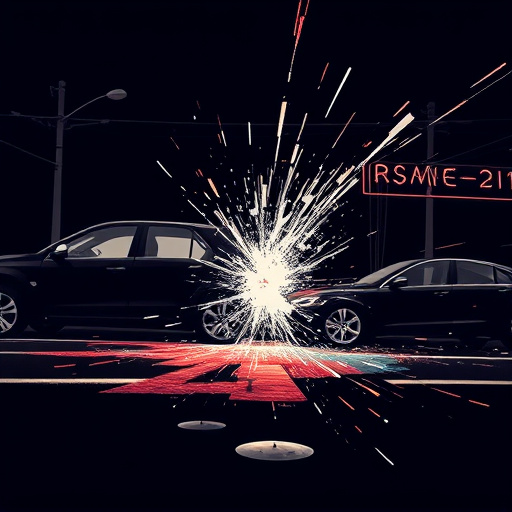
The effective application of cavity wax plays a pivotal role in enhancing the longevity of vehicles undergoing corrosion protection procedures. This protective layer acts as a formidable barrier against moisture intrusion, one of the primary catalysts for corrosion. By sealing off crevices and gaps within the vehicle’s structure, especially in hard-to-reach areas like wheel wells and sills, cavity wax ensures that no water or humidity can settle and initiate corroding processes.
This strategic application extends far beyond mere surface protection; it contributes significantly to the overall durability of automotive repair services, particularly in collision repair scenarios. The benefits are manifold: improved resistance to rust formation, enhanced structural integrity, and a prolonged lifespan for both exterior finishes and underlying components. For auto painting enthusiasts or professionals, maintaining a waxed cavity means less frequent repainting, saving time and resources in the long run, and ensuring that each repair job stands the test of time.
Cavity wax emerges as an indispensable tool in the arsenal of corrosion protection procedures, offering a powerful yet understated defense against metal deterioration. By filling vital spaces and creating a protective barrier, it plays a pivotal role in safeguarding metal surfaces from the relentless assault of corrosive elements. Through meticulous application and its ability to withstand harsh conditions, cavity wax ensures extended longevity for structures and components, making it an essential component in any comprehensive corrosion protection strategy.

